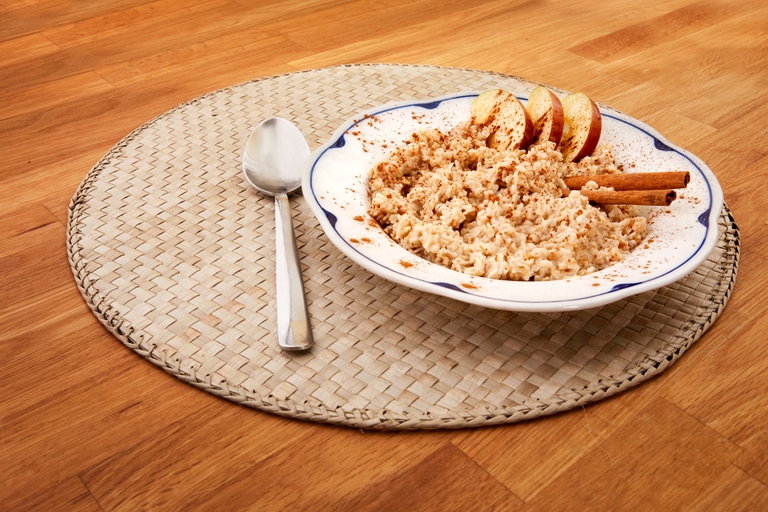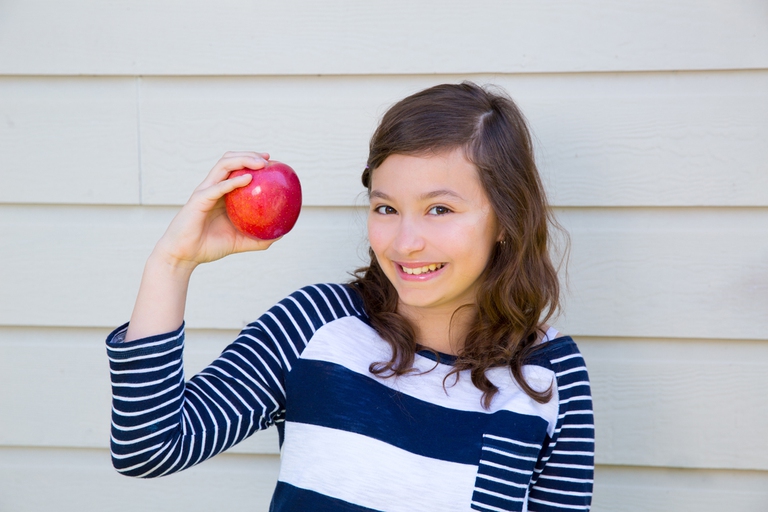
One in three women have suffered physical or sexual violence. With contributions from Europe, Africa, Asia and Latin America, we look at how this shadow pandemic affects every corner of the world.
A study published in the Pediatrics journal reveals that eating food rich in fibres during the teenage years reduces the odds of developing breast cancer when adult.
Researchers at Harvard University have no doubts: by examining the clinical history and food habits of more than 44,000 women they found that consuming lots of fibres during high school years may reduce the odds of developing breast cancer later on.
Compared to young women who don’t like to eat foods high in fibres (14 grammes consumed daily on average), those who ingest large amounts of fibres (28 grammes daily on average) have a 16% lower risk of developing breast cancer during their lifetime and a 24% lower risk of suffering from the disease before menopause.
The positive role of fibres for our health is not news. Previous studies demonstrate that these can protect the heart, prevent diabetes, boost weight loss as well as regulate intestinal functions and prevent harmful substances from remaining in the intestines by acting as anti-cancer agents and impeding the formation or absorption of carcinogenic substances. The study we mentioned above provides evidence of other potential benefits.
Maryam Farvid, lead author of the study and researcher at the Harvard School of Public Health, states that the connection between fibre consumption and the risk of developing cancer is time-sensitive. Adolescence is “a period when breast cancer risk factors appear to be particularly important,” she said.
“From many other studies we know that breast tissue is particularly influenced by carcinogens and anticarcinogens during childhood and adolescence. We now have evidence that what we feed our children during this period of life is also an important factor in future cancer risk”, Walter Willett, Professor of Epidemiology and Nutrition and senior author of the study, commented.
Researchers think that a diet rich in fibres can contribute to reducing oestrogen levels, which are involved in the development of breast cancer. Other possible explanations include the improvement of insulin sensitivity that is caused by fibres, which can slow down the absorption of sugars and help keep sugar levels in the blood more stable.
At least 30 grammes per day. The better way to reach this number is to add fibres to every meal by consuming fruit, vegetables, whole cereals, pulses, nuts and seeds. Pears are one of the major sources of fibres: a medium-size one contains about 7 grammes, almost one fourth of the recommended daily intake.
Siamo anche su WhatsApp. Segui il canale ufficiale LifeGate per restare aggiornata, aggiornato sulle ultime notizie e sulle nostre attività.
![]()
Quest'opera è distribuita con Licenza Creative Commons Attribuzione - Non commerciale - Non opere derivate 4.0 Internazionale.
One in three women have suffered physical or sexual violence. With contributions from Europe, Africa, Asia and Latin America, we look at how this shadow pandemic affects every corner of the world.
The Istanbul Convention against gender-based and domestic violence marks its tenth anniversary. We look at what it is, who its signatories are, and what the future might hold.
European Commission President Ursula von der Leyen reminded us of the gravity of violence against women around the world, and of the Istanbul Convention’s utmost importance.
President Erdoğan has pulled Turkey out of the Istanbul Convention, key in the fight against gender violence, claiming that it favours the LGBT community rather than family values.
Violence against women in Peru has increased as a result of Covid-19 lockdowns. 14,912 people were reported missing from January to November 2020, more than half of them minors and 64 per cent women. People have been confined to their homes for months, many forced to endure poor physical, economic and social conditions. A situation that
Joys Estefani Qqueccaño Huamani, 24, disappeared from her rural community in Peru on 9 October. Her family began looking for her independently of the authorities and despite the resistance of relatives of Joys Estefani’s ex-partner Arturo Ccana Condori, 32, charged with committing violence against her on 28 September, eleven days before Joys Estefani disappeared. Photos
Costa Rica celebrated its first same-sex marriage when two women, Alexandra Quiros and Dunia Araya, celebrated their wedding: an “extraordinary moment”.
The pandemic and its restrictions are affecting everyone, without exceptions. However factors like housing, income inequalities, gender, access to technology and working conditions are influencing how people experience the health crisis.
Time magazine’s 100 Women of the Year project sheds light on influential women’s stories, from Amelia Earhart to Greta Thunberg. A selection of some of the greats for International Women’s Day.










